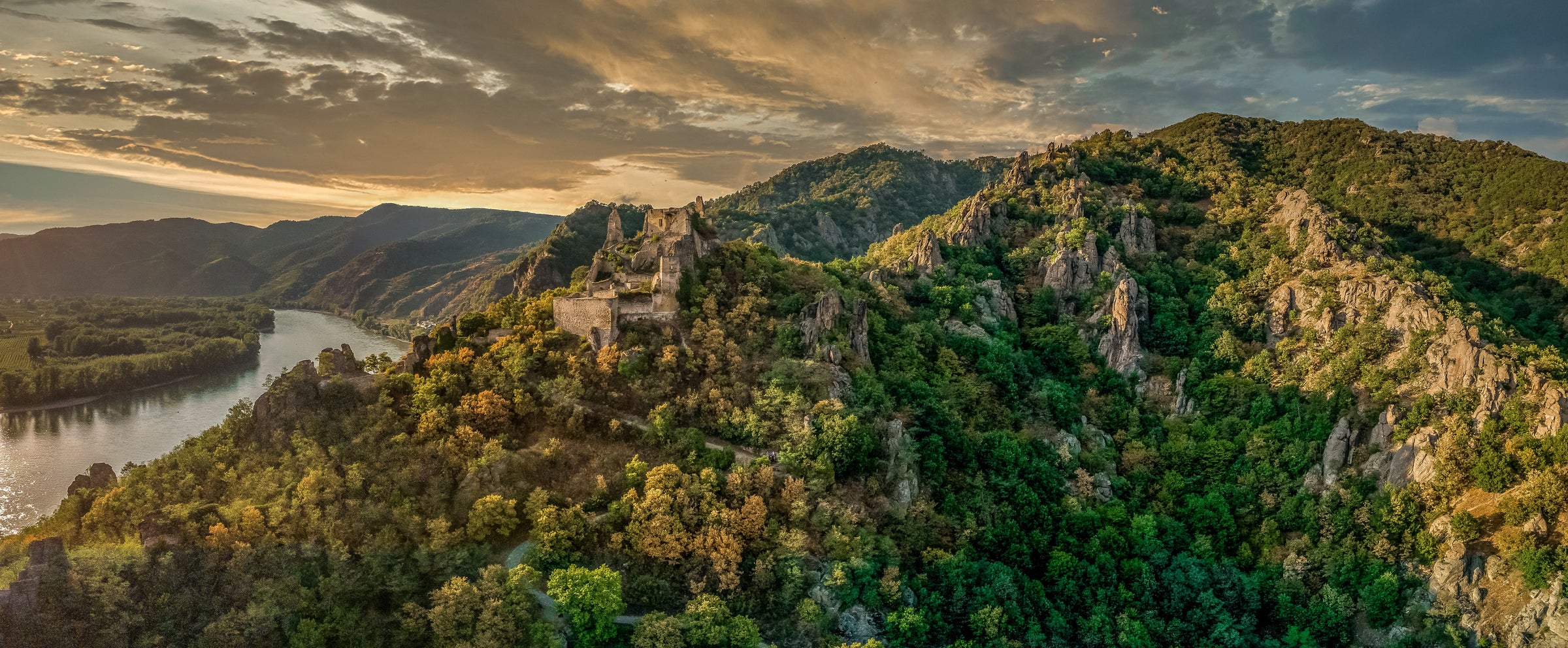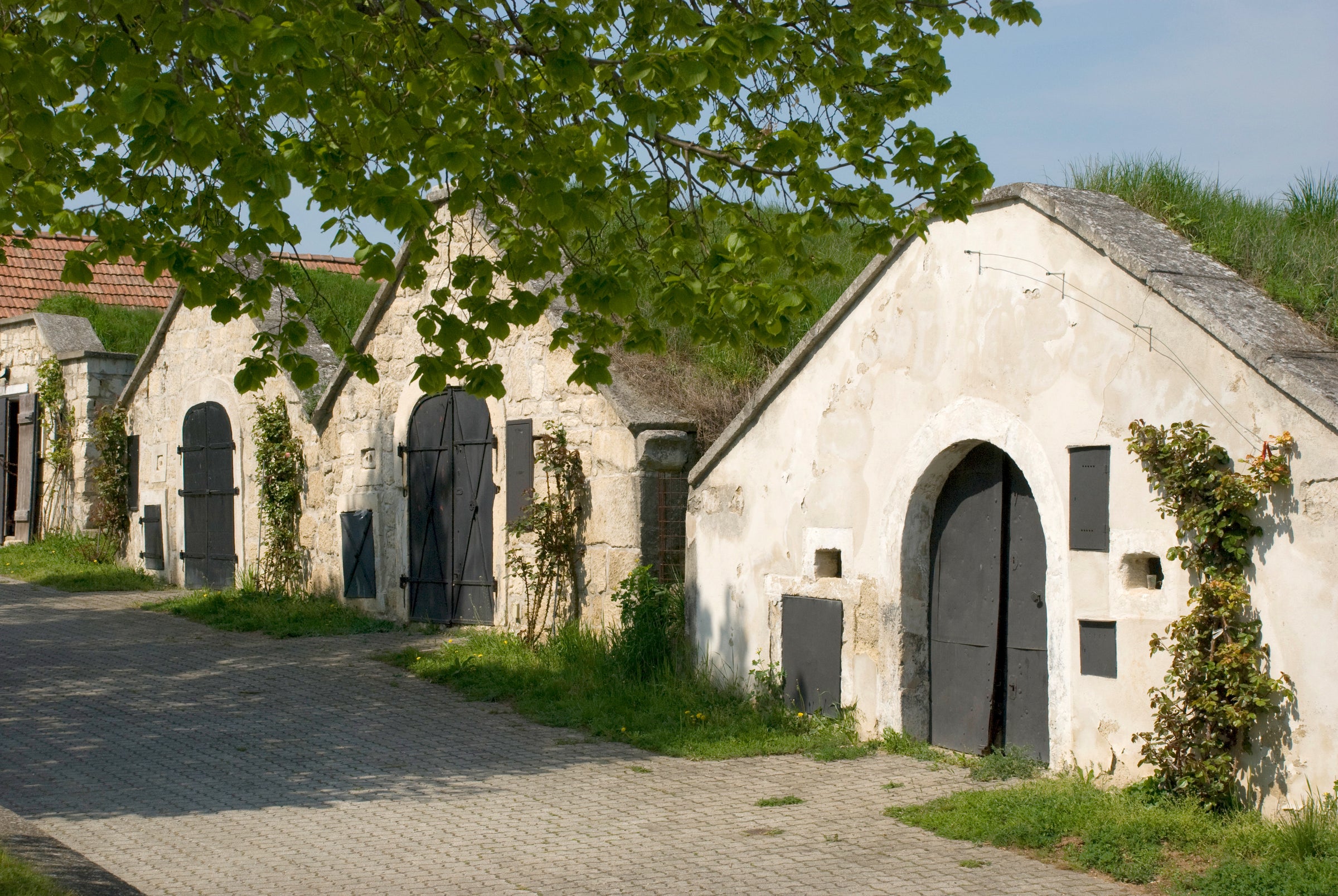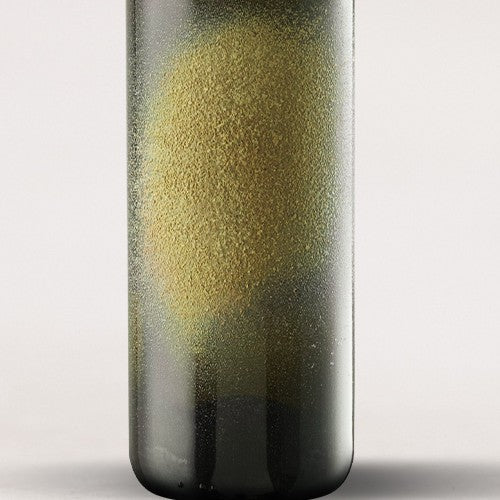No, this isn’t a fabled Grand Cru, nor is it a “unicorn wine,” but my infatuation for Austrian wine is boundless, and I pride myself on securing top “insider” cuvées that slip past the mainstream media. I’m talking about wines you have to have to nudge sommeliers for, wines hiding in plain sight at trendy wine bars—wines exactly like Der Pollerhof’s “Vom Löss.”
Each year, Erwin Poller offers in-the-know European buyers a trove of wines from his treasured terroir, and they’re generally whittled down to a handful of cases before arriving stateside. But we’ve been getting premier access as of late. Today’s 2021 marks the fourth (!) vintage of “Vom Löss” that we’ve lucked into, and, for all new subscribers, I know what you’re thinking—that this bizarre bottle looks as if it was exhumed from the vineyard itself. What you see on the painstakingly applied label is one of the wine world’s most treasured soils, loess, and what’s inside is a deliciously ripe, deeply exotic blend of Sauvignon Blanc and Muskateller. It’s Certified Organic, produced in the smallest of quantities, loaded with flavor, and guaranteed to turn heads. For what it’s worth, this is my favorite release to date!
Considered by most to be the oldest growing zone in Austria, Weinviertel is also, geographically, the largest in the country. While the “big three” appellations of Kremstal, Kamptal, and the Wachau are situated roughly an hour northwest of Vienna, the Weinviertel covers the vast, northeastern expanse of Lower Austria, stretching from the western border of Slovakia, following the Danube towards the big three, and veering up to the southern border of Czechia. Its name, which translates to “wine quarter,” reflects the region’s rich, ancient wine heritage and, according to the Weinviertel DAC website, there are “7,000 years of artifacts to prove it.”
Erwin Poller manages roughly 10 hectares of organically farmed vines, harvests by hand, develops his own yeast for fermentation, and finds some way to apply the region’s signature loess (wind-blown silt) soils onto every bottle of today’s wine. He does this, mind you, almost entirely on his own. I think some of that drive and determination must come from his grandfather, who began exclusively crafting wine in 1920 and selling his wares by literally throwing a barrel on a cart and making a three-day trip to Vienna. Thankfully, there’s no need for barrel toting anymore, otherwise, you wouldn’t ever be privy to today’s extraordinary blend of Sauvignon Blanc and Gelber Muskateller.
Erwin extracts the precious juices with the gentlest pneumatic press on the market and following a native-yeast fermentation in stainless steel, the resulting wine matures on lees for six months. It is then transferred into neutral Acacia foudres for 1-2 months to develop further textures. He calls Sauvignon and Muskateller grapes his “aromatics” and one sniff will tell you why.
Yep, this is my type of “heat-wave” wine—incredibly refreshing, bright, full of tension, and exploding with exotic flavors. This fresh ’21 release spills into an all-purpose stem with a dazzling straw-yellow core and silver-green reflections, and blitzkriegs the senses with vibrant white peach, green mango peel, guava, passionfruit, crisp green apple, lime blossoms, white pepper, crushed wet stone, acacia, and fresh-picked honeysuckle. The palate is medium-bodied and wonderfully thirst-quenching yet it also contains subtle, deeply layered nuances that will surprise many. To enjoy this at its highest level, serve now and over the next two years. Cheers!








